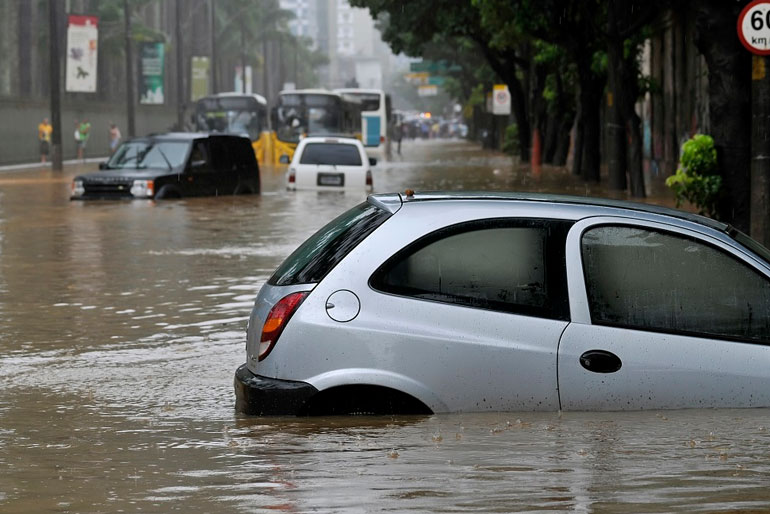Florida, often referred to as the Sunshine State, is famous for its beautiful beaches, lush Everglades, and vibrant cities. However, in recent years, it’s also become known for a less-than-enviable reason: an uptick in car crashes due to extreme weather events, which many attribute to the looming shadow of climate change.
As a peninsula, Florida is particularly vulnerable to the effects of rising sea levels and changing weather patterns. According to the U.S. Climate Resilience Toolkit, Florida’s climate hazards are increasing, encompassing everything from extreme heat to more severe hurricanes. But how do these environmental shifts directly influence the rate of car accidents in the state?
Intensified Rainfall And Flooding
One of the most immediate impacts of climate change is an increase in heavy precipitation events. As the atmosphere warms, it can hold more moisture, resulting in heavier downpours. In Florida, this often translates to sudden and severe storms that can flood roads within minutes. Flooded roads are treacherous; they can cause vehicles to hydroplane or stall, leading to collisions.
Hurricanes And Post-Storm Hazards
Florida is no stranger to hurricanes. However, climate change seems to be intensifying the frequency and strength of these storms. After a hurricane or tropical storm passes, it leaves behind a trail of hazards like fallen trees, broken traffic signals, and debris— all of which contribute to road accidents.
Heatwaves And Vehicle Failures
Extreme heat can cause vehicle malfunctions. Tires can burst, engines can overheat, and braking efficiency can decrease, all leading to potential accidents. Moreover, heat waves can cause the pavement to soften and become rutted, making the road surfaces uneven and increasing the likelihood of accidents.
Visibility Issues
Foggy conditions are becoming more prevalent in parts of Florida, and it’s believed that this increase in fog is linked to the changing climate. Warmer temperatures lead to faster evaporation, and when this warm, moist air comes into contact with cooler ground temperatures, it condenses into fog. Reduced visibility on roads, especially during busy travel times, can be a recipe for disaster.
Addressing The Challenge
It’s evident that climate change is posing multifaceted challenges to Florida’s road safety. State and local authorities are actively working to upgrade infrastructure, improve drainage systems, and create public awareness campaigns about driving safely during extreme weather conditions. However, the onus is not just on the government. Drivers must also be vigilant, keeping updated on weather forecasts, avoiding driving during severe weather whenever possible, and learning how to handle their vehicles during such conditions.
In conclusion, while Florida grapples with the broader challenges posed by climate change, the increase in car crashes serves as a sobering reminder of how pervasive and immediate the effects of global warming can be. By understanding the relationship between climate change and road safety, both policymakers and citizens can work in tandem to reduce risks and protect communities.
As we continue to face the realities of our changing climate, it’s crucial to stay informed and prepared. For more detailed information on how climate change is affecting Florida and the Southeast U.S., consider exploring the U.S. Climate Resilience Toolkit.







